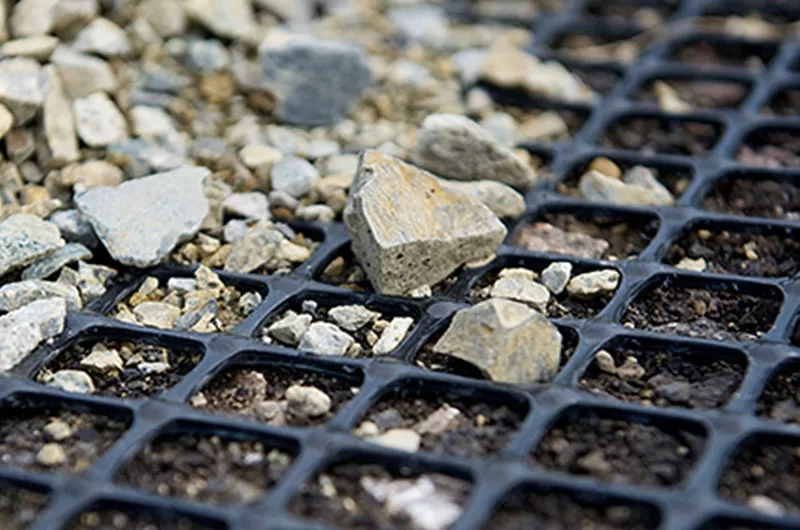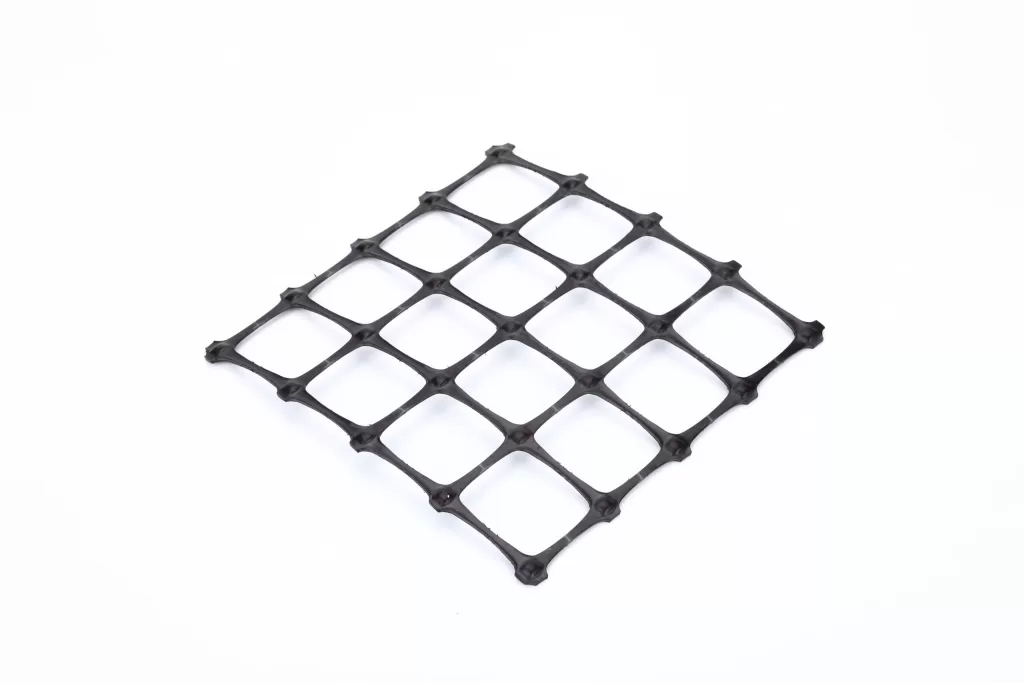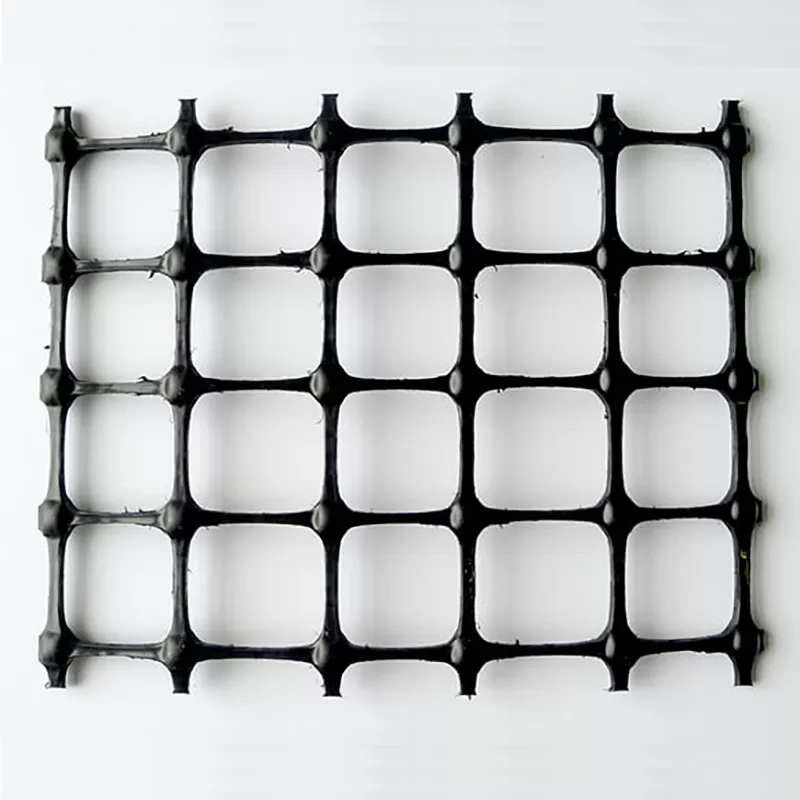Choosing the Best Material for Your Retaining Wall: A Deep Dive into Geogrid Solutions
When constructing a retaining wall, selecting the right material is crucial for both structural integrity and longevity. An uniaxial geogrid, a popular choice among engineers and architects, offers exceptional reinforcement for soil stabilization projects. This article explores why a uniaxial geogrid is considered one of the best materials for retaining walls and addresses common questions about its usage, effectiveness, and installation specifics.
What Type of Geogrid is for Retaining Walls?
Geogrids come in various types, each designed to meet specific engineering needs. Uniaxial Geogrids, the most common type used for retaining walls, are designed to withstand high tensile stress in one direction. These are ideal for retaining walls due to their strength and durability in stabilizing soil. Biaxial geogrids, which provide strength in two directions, can also be used depending on the wall’s design and the characteristics of the soil.

What Material is Geogrid?
Geogrids are typically made from polymers such as polyester, polyvinyl alcohol, polyethylene, or polypropylene. These materials are chosen for their ability to resist decay under the soil, strength to withstand tensile forces, and flexibility to adapt to varying soil conditions. The geogrids are manufactured through a process of extrusion, punching, and stretching to form a grid-like structure, which helps reinforce the soil by interlocking with it.
How Effective is Geogrid?
The effectiveness of geogrids in retaining wall applications is well-documented. Geogrids help in distributing loads over a wider area and improve the wall’s stability by reinforcing the backfill material. They significantly reduce the pressure on the wall, thus enhancing the overall safety and durability of the structure. Geogrid does wonders to strengthen the soil and provide enhanced safety and excellent seismic durability by stabilizing slopes. Studies have shown that walls reinforced with geogrids require less maintenance and have a longer lifespan compared to those without.
What is the Spacing for Geogrid in a Retaining Wall?
The spacing of geogrid layers in a retaining wall depends on several factors, including the height of the wall, the soil type, and the load it needs to bear. Generally, geogrid is installed at various levels throughout the height of the wall, typically spaced between 0.3 meters (1 foot) to 0.6 meters (2 feet) apart, though it can be as close as sixteen inches or less in certain applications. Correct spacing is crucial as it ensures that the tensile strength is distributed evenly, preventing failure and providing optimal stabilization.
Geogrid is an excellent choice for those seeking a durable and effective material for retaining walls. Its various types are suited to different structural requirements, and its material properties make it highly resistant to environmental stressors. When installed with proper spacing, geogrid enhances the stability and longevity of retaining walls, making it a top recommendation for soil stabilization projects. Understanding these aspects can guide homeowners and contractors in making informed decisions when constructing retaining walls, ensuring safety, and efficiency in their projects.



Comments
Post a Comment